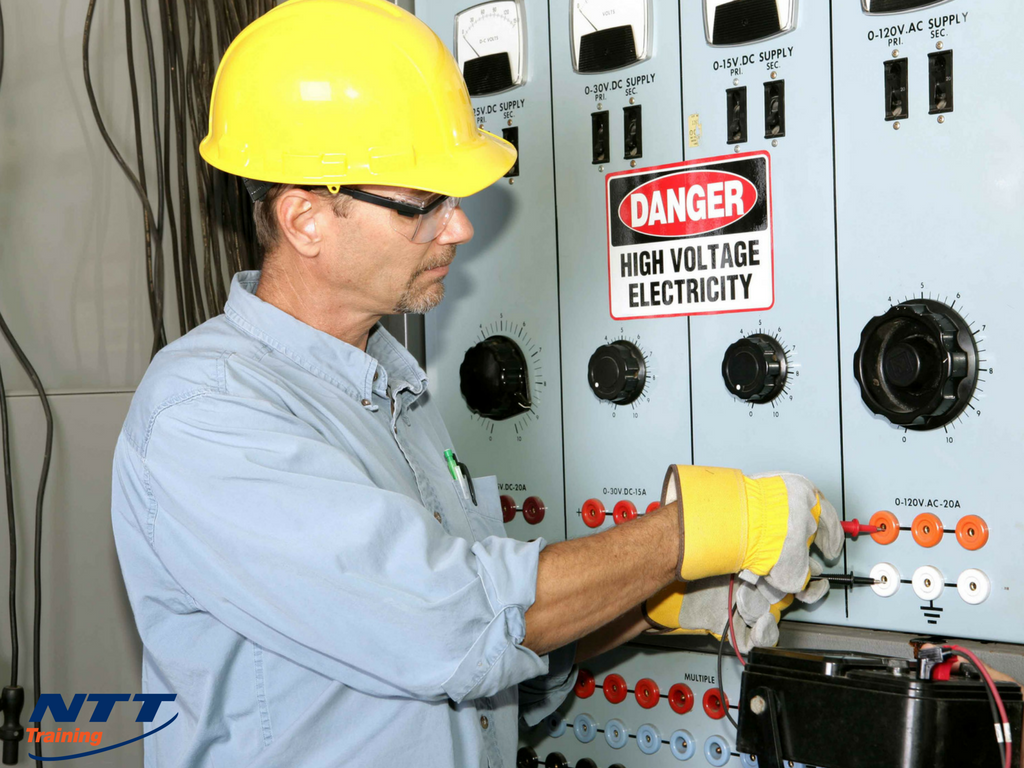Electricity, a formidable force harnessed for countless conveniences, demands respect and caution. When handling electrical systems, isolators emerge as indispensable guardians of safety.
In this exploration, we unravel the significance of isolators, known as main switches, their types, and why they are a must-have for anyone venturing into the realm of electrical work.
Understanding Isolators
Defining Isolators
Isolators or isolation switches are fundamental when working with electrical circuitry.
They are used to ensure the circuit is safe and de-energised, allowing maintenance work to occur. They are also referred to as main switches. These devices are often referred to as disconnectors and are designed to disconnect electrical circuits physically.
The electrical connection is separated from the primary power source by isolators, which are unlike switches, which can be toggled on and off.
The electrical connection is also discharged of any trapped charge as a consequence. It is this crucial distinction that makes isolators one of the most essential safety components during maintenance, repairs, or installations.
Types of Isolators
Isolators come in various forms, each tailored to specific applications. From the humble main switch in your home’s consumer unit to the sophisticated isolators used in high-voltage environments, understanding the types is critical to selecting the right tool for the job.
The Role of Isolators in Electrical Safety
Safe Working Conditions
The primary role of isolators is to create a safe working environment. By physically disconnecting a circuit from its power source, isolators ensure that licensed electricians can work on electrical systems without the risk of electric shocks or unexpected energisation.
Preventing Accidents
Accidents are inevitable, but isolators offer robust protection against them. It doesn’t matter whether the task is routine maintenance or a complex repair. The main goal of Isolators is to prevent the risk of electrical damage or injury.
Safeguarding Equipment
Isolators not only protect individuals but also safeguard the integrity of electrical equipment. By providing a means to isolate a specific circuit, these devices prevent potential damage to sensitive electronics during maintenance procedures.
Types of Isolators
Main Switches
A staple in every consumer unit, the main switch serves as a point of isolation for the entire electrical installation. It allows homeowners to disconnect the power supply to their home, ensuring safety during repairs or emergencies.
Circuit Breakers
A circuit breaker is like a fuse. It’s used to control the flow of current. It can be operated manually and automatically. It also has a built-in extinguishing system that makes it capable of interrupting high loads and faults.
The arc extinguishing of a high voltage circuit breaker happens in a vacuum medium, which protects the electrical system more. A circuit breaker is very suitable for handling devices with heavy load currents, such as transformers.
While primarily known for protecting circuits from overloads and faults, circuit breakers also function as isolators. When tripped, they create a physical break in the circuit, preventing the flow of current.
Isolator Switches
Dedicated isolator switches offer a focused means of disconnecting specific circuits. Commonly used in industrial settings or for large appliances, isolator switches provide a targeted approach to isolation.
Lockable Isolators
In scenarios where additional safety measures are necessary, lockable isolators come into play. This type of isolator can be secured with a padlock, ensuring that only authorised personnel can re-energise the circuit.
Importance of Proper Installation and Use
Correct Placement
The effectiveness of isolators hinges on their correct placement within the electrical system. Understanding where and how to install isolators ensures that they can fulfil their role in providing safe isolation.
Adherence to Standards
Isolators, like all electrical components, are subject to standards and regulations. Proper installation and use involve adherence to these standards, guaranteeing that isolators meet safety benchmarks.
Training and Awareness
Even the best isolator is only as effective as the person operating it. Training and awareness campaigns play a crucial role in ensuring that individuals understand the importance of isolators and use them correctly.
Common Issues and Troubleshooting
Faulty Isolators
Just like any electrical component, isolators can experience faults. Identifying and addressing issues promptly is essential to maintaining their reliability.
Incorrect Use
Sometimes, the problem lies in how isolators are used. Whether bypassing the device or using it for unintended purposes, understanding the correct way to use the isolators is vital. Improperly using Isolators can lead to serious injury to the electrician.
Ageing and Wear
Isolators, especially in high-demand environments, can undergo wear and tear over time. Regular inspections and replacements are vital in combating the effects of ageing.
Isolators in Different Settings
Residential Applications
In homes, isolators take the form of main switches and circuit breakers. Understanding their role empowers homeowners to take necessary precautions during electrical work.
Industrial Environments
In industrial settings, isolators play a critical role in ensuring the safety of both personnel and equipment. Lockable isolators and specialised switches are commonly employed to isolate complex machinery.
Emergency Scenarios
Isolators become paramount in emergency situations. Whether it’s isolating power during a fire or disconnecting electrical sources for rescue operations, these devices are instrumental in crisis management.
Innovations in Isolation Technology
Remote Isolation
Advancements in technology have given rise to remote isolation solutions. These innovative systems allow for the isolation of circuits without direct physical interaction, enhancing safety in challenging environments.
Smart Isolators
The world of isolators is being transformed by smart technologies, extending real-time monitoring to predictive maintenance. Electrical systems are now more efficient thanks to these intelligent isolators.
Final thoughts
As we navigate the electrified landscape of our daily lives, isolators stand as silent sentinels, ensuring that the power at our fingertips remains a controlled and manageable force. From the flick of a main switch in a home to the intricate isolators in industrial complexes, these devices embody the essence of electrical safety.
Understanding their significance and embracing best practices in their installation and use empowers individuals to navigate the electrical realm with confidence, ensuring that every task, from routine maintenance to complex installations, is conducted in a safe and secure environment.
